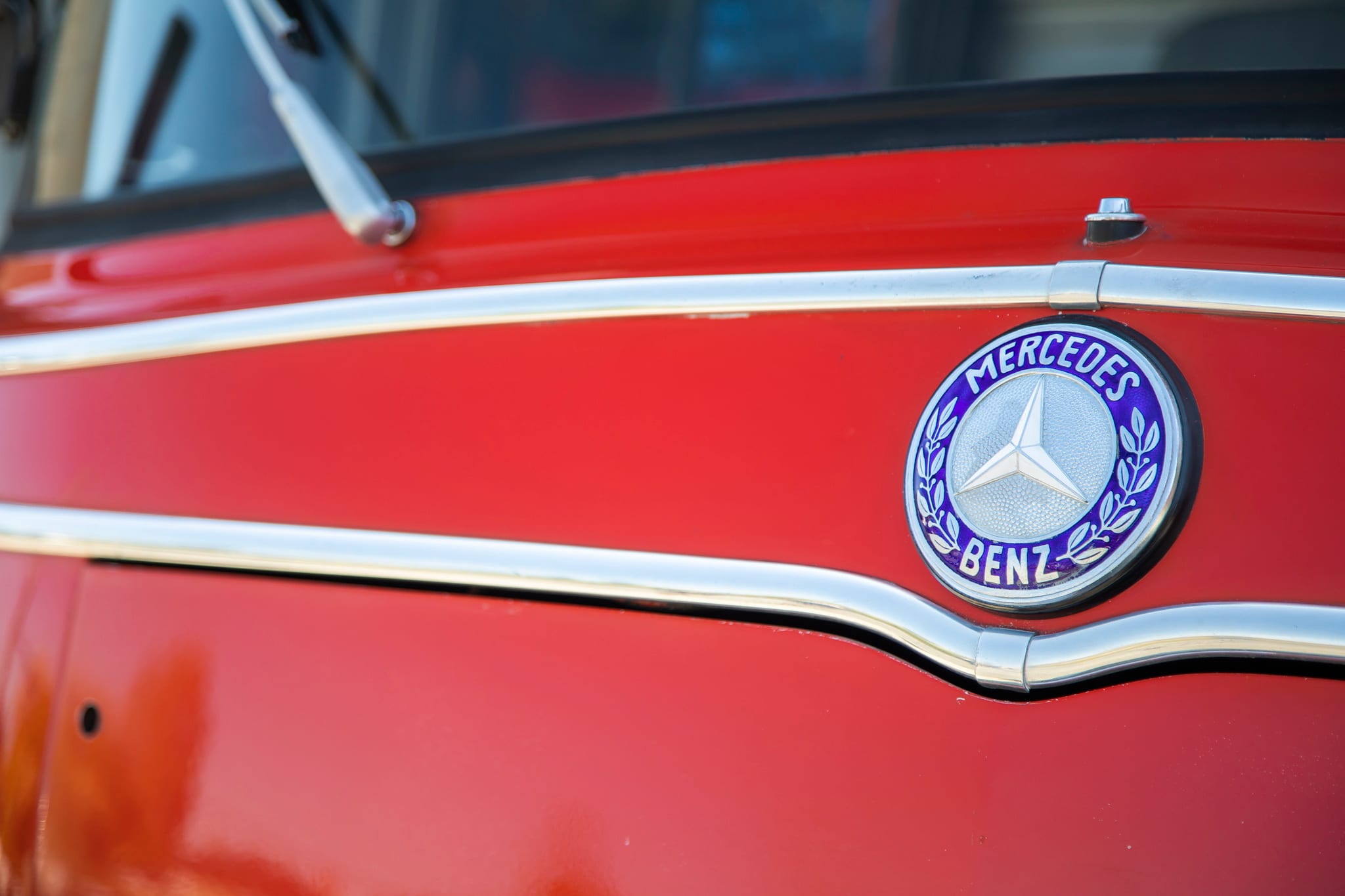This 1965 Mercedes-Benz L319/L407 Fire Truck is currently for sale on Bring a Trailer. The BaT commenters are fired up about it too.

Not really. This truck was used as an actual fire truck in Germany before being imported into North America and is currently located in British Columbia.
Powertrain

The power comes from a 1.9-liter gas four-cylinder engine. The inline-four is a single overhead cam and the first variations made 75 horsepower. Later versions of the engine were able to achieve over 100 horsepower and 114 lb-ft of torque. The 1.9-liter engine is mated to a three-speed manual transmission. This powertrain setup has lead to many jokes about the structural integrity of any buildings that this fire truck is coming to rescue. This engine and transmission setup was also in Mercedes-Benz 190, 190SL, and Unimogs. The BAT commenters assume that this truck is too slow to ever save anything. They go as far as to assume that the cat stuck in the tree would starve before its rescue. The commenters didn’t actually say that, but the theme is on par for the rest of their comments about this 1965 fire truck.
Looks Good

It looks damn good. There are some that restore fire trucks for parades. This truck would win all of the parades. The exterior has been repainted and the taillights have been updated in the past, but overall the Mercedes looks really great.
Interior

Is “Past-Future” a phrase? Or is it “Future-Classic?” However you would say it, the interior of this truck looks different, but it a great way. Ross Ballot even compared it to some of the Blastolene projects. The driver and front passenger had to be senior ranking firefighters since they are the only ones in the vehicle who have padded seat cushions. The second row of seating is wooden benches.

The cargo space is spacious and looks like it would convert easily into a perfect camper vehicle. There is a water pump located on the front bumper, but there does not appear to be an onboard storage capacity for any water.

Which is your favorite fire truck?


Leave a Reply